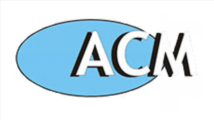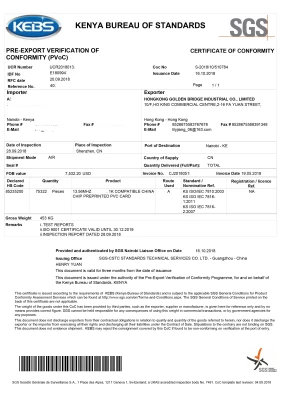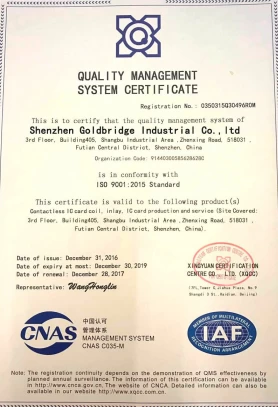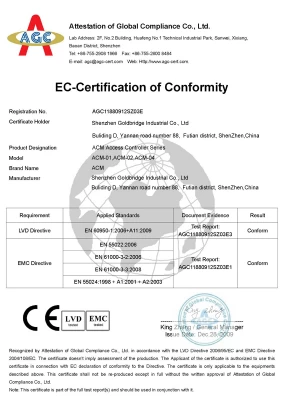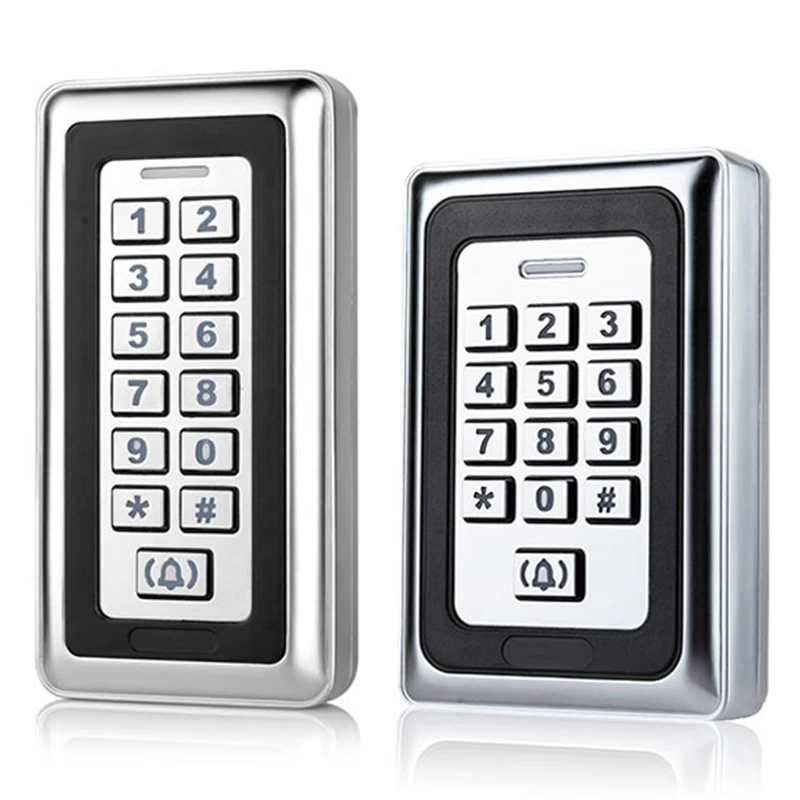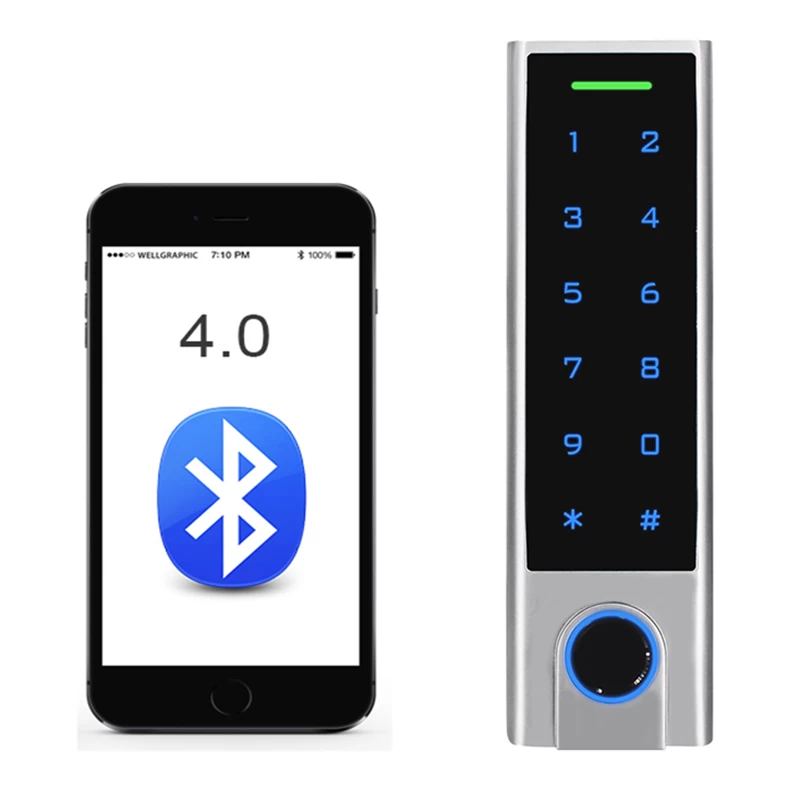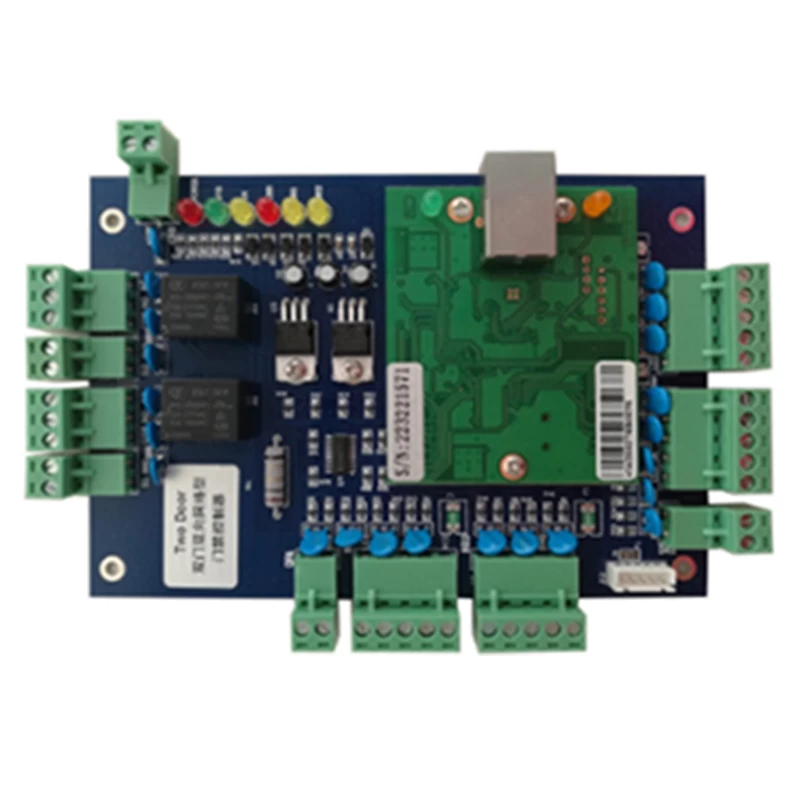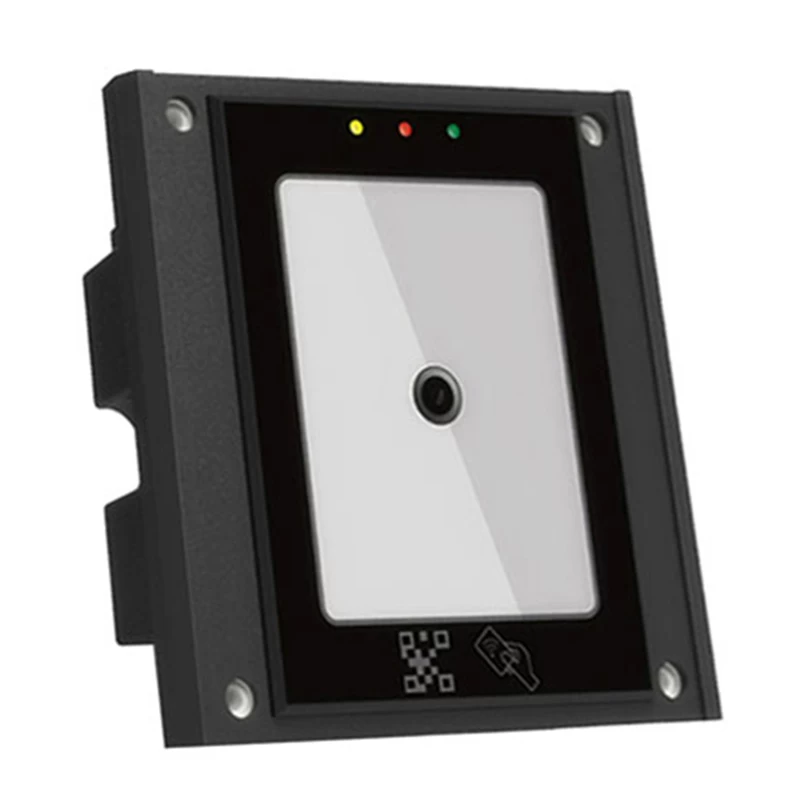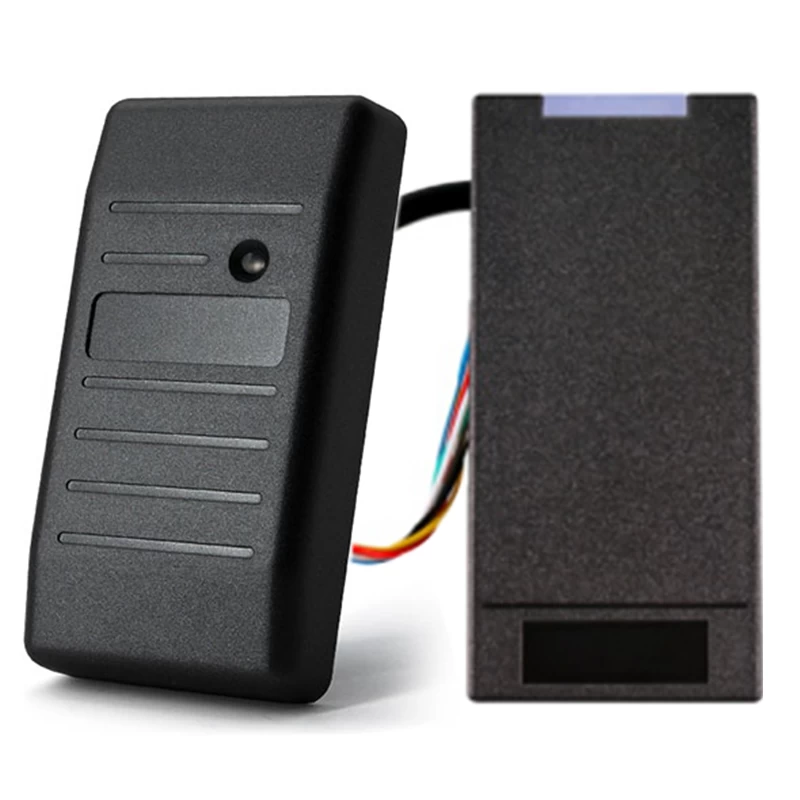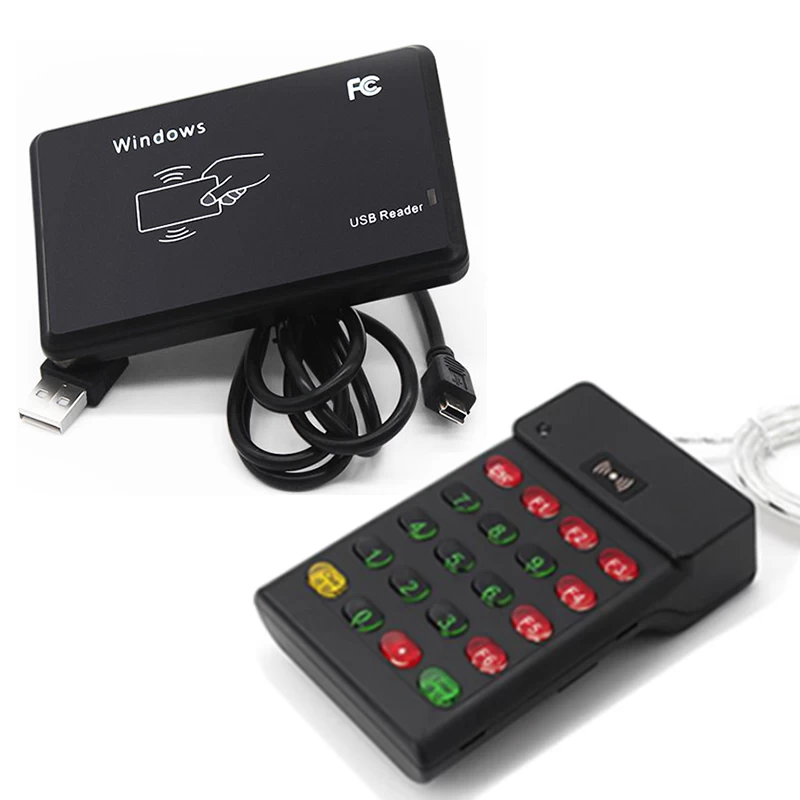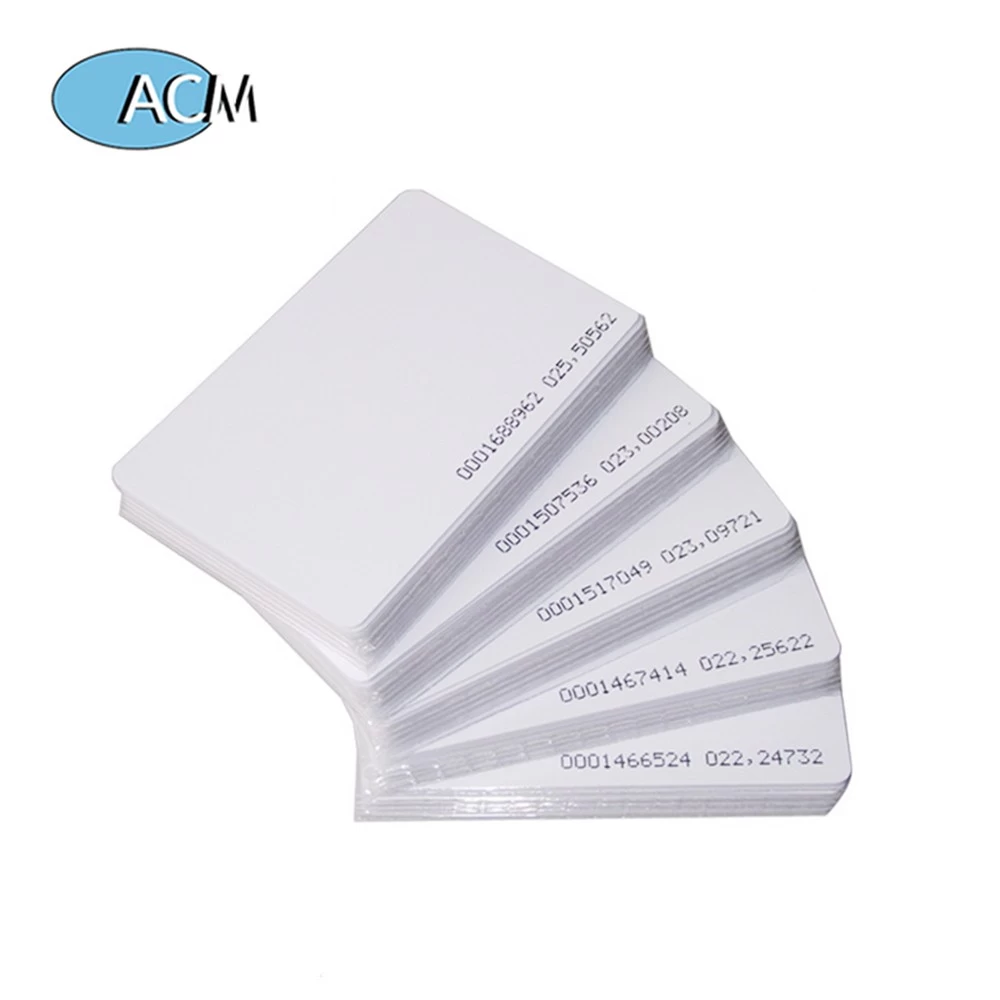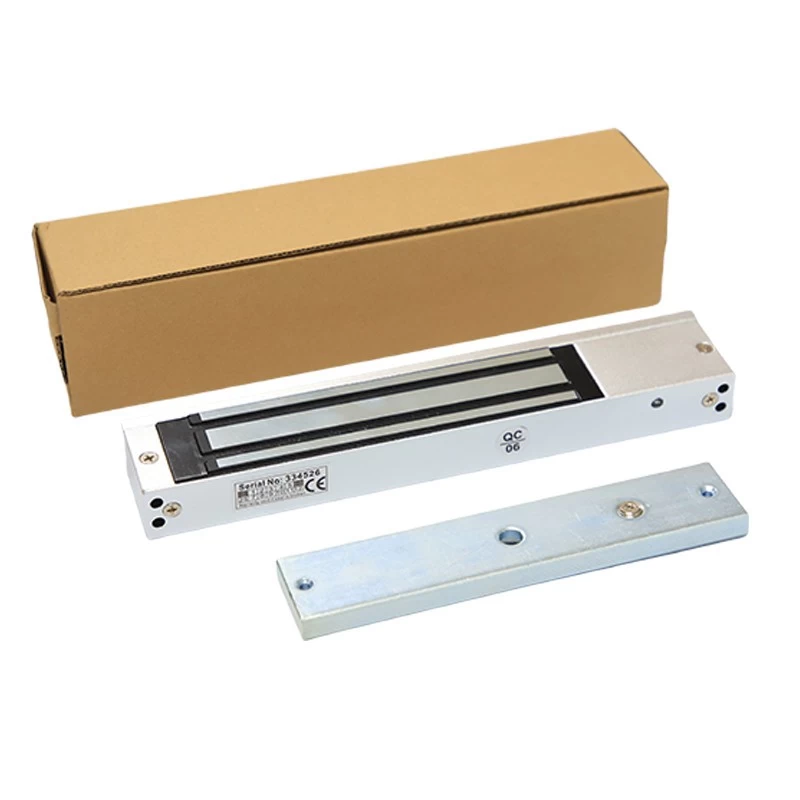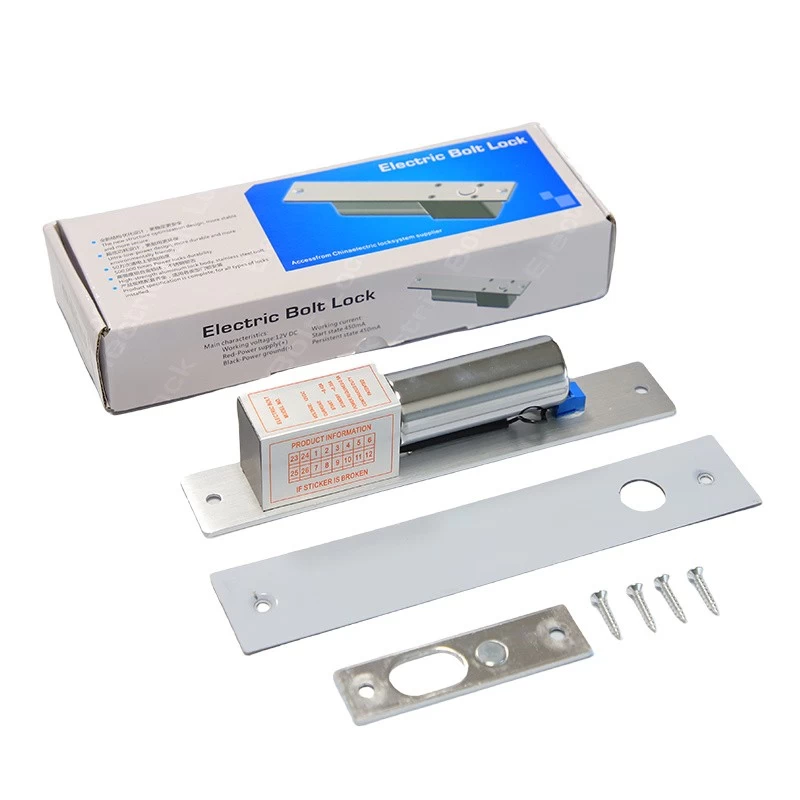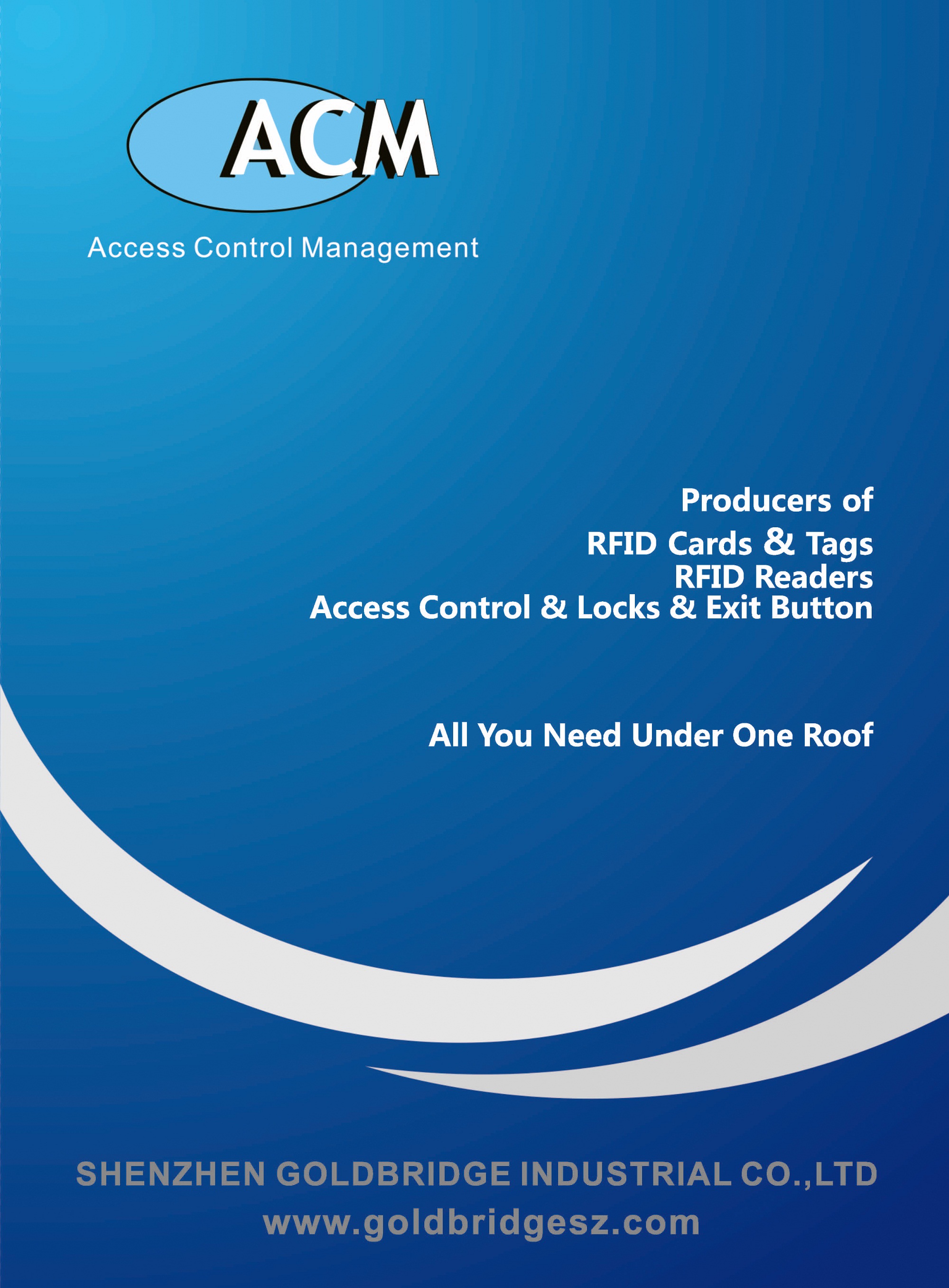Exploring Passive RFID Technology: Key Principles and Advantages
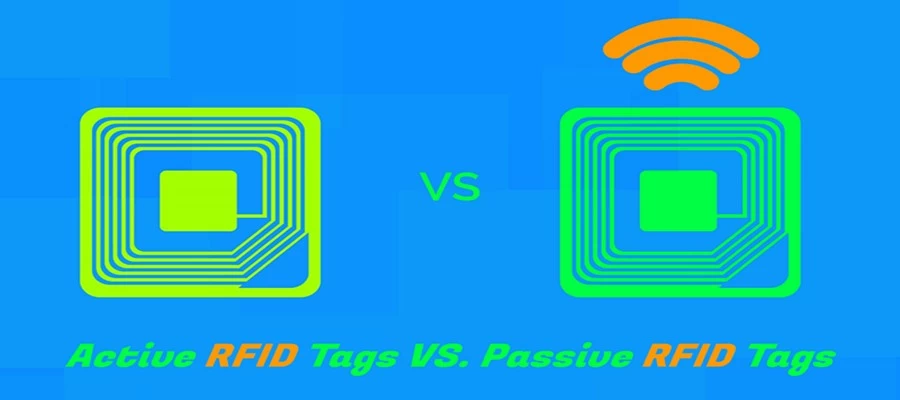
June 17, 2025 — In an increasingly connected world, Passive RFID (Radio Frequency Identification) technology has emerged as a powerful tool for tracking, identification, and automation across industries. Unlike active RFID, which uses battery-powered tags, passive RFID relies on electromagnetic energy from a reader to transmit data, making it cost-effective and maintenance-free.
How Passive RFID Works
Passive RFID systems consist of three main components:
-
Tags – Small, battery-free chips with an antenna, activated by a reader’s signal.
-
Reader – Sends a radio frequency (RF) signal to power and communicate with the tag.
-
Software – Processes the collected data for inventory, security, or logistics purposes.
When a reader emits a signal, the tag’s antenna captures energy, enabling it to transmit a unique identifier back to the reader—all in milliseconds.
Key Advantages of Passive RFID
-
Cost-Effective – No internal battery means lower production and maintenance costs.
-
Long Lifespan – With no power source to replace, tags last for decades.
-
Small & Versatile – Tags can be embedded in labels, products, or even under the skin (for medical/animal tracking).
-
High-Speed Scanning – Multiple tags can be read simultaneously, improving efficiency in retail and logistics.
Industry Applications
-
Retail & Supply Chain – Real-time inventory tracking, reducing losses and improving stock management.
-
Healthcare – Tracking medical equipment and patient records securely.
-
Access Control – Secure keyless entry systems for buildings and events.
-
Agriculture & Livestock – Monitoring animals and crop shipments without manual scanning.
The Future of Passive RFID
With advancements in IoT (Internet of Things) and AI-driven analytics, passive RFID is expected to play a bigger role in smart cities, automated manufacturing, and contactless payment systems.
"Passive RFID is revolutionizing asset tracking by combining affordability with reliability," says Dr. Emily Carter, an RFID technology expert. "Its applications will only expand as wireless technology evolves."
As businesses seek smarter automation solutions, passive RFID stands out as a foundational technology driving efficiency in the digital age.
